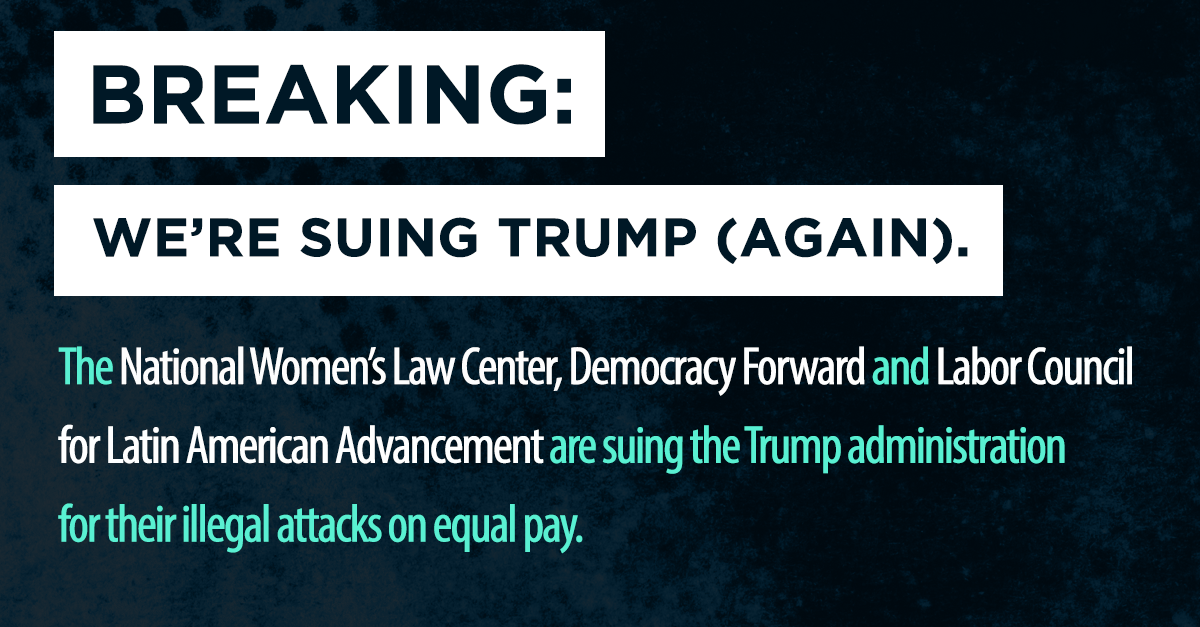Pay Transparency Laws Are Most Effective When They Require Salary Ranges in Job Listings, NWLC Analysis of Glassdoor Data Reveals
(Washington, D.C.) In the midst of a pay transparency movement that’s gaining traction across the country, NWLC’s research team set out to discover the impact of two types of pay range transparency laws: (1) those that require pay ranges in job listings and (2) those that require pay to be revealed at some other point during the application process or when an applicant requests it.
Glassdoor—a company with 55 million unique users visiting its job site monthly—provided extensive data to NWLC that included job listings on its website between March 2022 and December 2023. NWLC analyzed the data to evaluate the share of job listings that included employer-provided salary information on a national level, in key states, and by industry type.
NWLC’s analysis of Glassdoor’s data reveals that pay transparency laws are making a difference. Not surprisingly, state laws that require salary ranges in job listings result in the highest levels of pay disclosure rates across all industries in job announcements. But even employers in states without pay range transparency laws are more likely to disclose pay in job announcements as more states require transparency.
Colorado was the first state to require salary ranges in job listings—and California, New York, Washington, and D.C. followed suit. (The Virginia legislature also recently passed a similar law, which is now before the Governor.)
Connecticut, Maryland, Nevada, and Rhode Island have passed less stringent laws requiring pay ranges to be disclosed at some point during the job interview process or when an applicant requests the salary range.
“We’re witnessing an exciting cultural shift as pay information emerges from a black box,” said Emily Martin, NWLC Chief Program Officer. “Pay disparities thrive in secrecy. Providing salary transparency to workers at the outset of job searches helps level the playing field—especially for women and people of color who are more likely to be shortchanged in pay negotiations. Transparency also incentivizes employers to evaluate their pay practices and proactively correct pay inequities inside their workplaces. It’s a win-win for both workers and employers.”
Topline findings include:
- Compared to other industries and regardless of the state, some high paying industries—such as pharmaceuticals and biotechnology, financial services, and aerospace and defense—had relatively low shares of pay disclosure on Glassdoor. But states with strong pay range transparency laws had greater pay disclosure in these industries compared to states with less strict pay range transparency laws and states without such laws.
- Pharmaceuticals and biotechnology—the industry with the lowest overall pay range transparency on Glassdoor—had large differences in the share of job listings with pay disclosure between states without pay range transparency laws (17.4%) and states with strong pay range transparency laws (48.6%). States with less strict pay range transparency laws (15.9%) had similar shares of pay disclosure to states without pay range transparency laws.
- Human resources and staffing—the industry with the greatest overall pay range transparency on Glassdoor—had similar pay disclosure in job listings in states without any pay range transparency laws (74.7%) and states with other pay range transparency laws (74.3%), but slightly higher pay disclosure in states with strong pay range transparency laws (81.4%).
- Even among the industry with the overall third highest share of listings with pay disclosure on Glassdoor—nonprofit and NGOs—there was a noticeable difference in pay disclosure among states without pay range transparency laws (53.1%) and states with other pay range transparency laws (53.5%) compared to states with strong pay range transparency laws (79.9%).
NWLC’s analysis also compared pay disclosure trends in selected states without pay range transparency laws in 2023—Georgia, North Carolina, Maine, Michigan, Virginia, and D.C—to three states with strong pay range transparency laws in effect requiring salary ranges in job posts that year—California, Colorado, and New York.
The share of Glassdoor job listings with pay disclosure increased over time among all selected states—even among those without pay range transparency laws. Even so, the states with strong pay range transparency laws still came out on top:
Between March 2022 and December 2023, the share of job listings with pay disclosure rose by 67.0% in D.C., 31.9% in Maryland, 25.9% in North Carolina, 25.2% in Georgia, 24.6% in Virginia, 24.1% in Maine, and 19.8% in Michigan.
- In December 2023, among the six states without pay range transparency law studied, Maine had the highest share of job listings with pay disclosure (50.6%), and D.C. had the lowest share (39.8%).
- Although pay disclosure rose in these states, their share of job listings with pay disclosure was far below that of states with strong laws requiring pay ranges in job listings. In December 2023, 94.0% of New York job listings included pay disclosure, 81.4% of Colorado job listings, and 76.3% of California job listings.
It’s notable that industries in some states without pay range transparency laws are showing increased pay disclosure rates, indicating that some employers are proactively jumping on the pay transparency bandwagon—even without a legal obligation—because they see it as a benefit for their businesses to attract and retain top talent.
Additional NWLC pay range transparency resources include:




